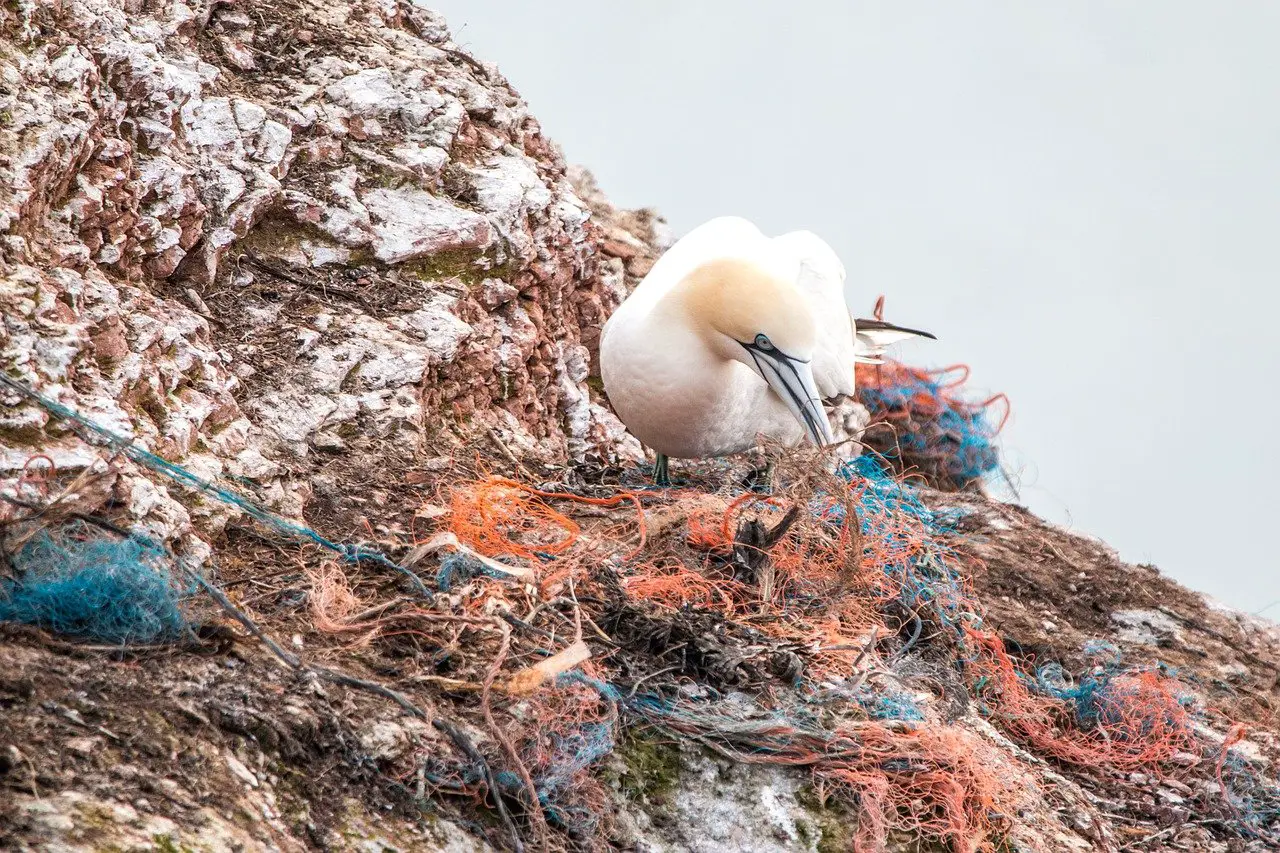Ocean Floor Littering Has Caused Unprecedented Growth In Marine Waste-Dump
Tags: opinion

The strait of Messina is the submarine bridge that separates Sicily island from the peninsular region of Italy. It has recently come to the observation that this Messina Strait area has the world’s largest density of ocean floor littering. The density of marine litter in some of the parts of this region is more than 1 million objects for each square kilometer. This was reported in a recent review article that was published by the journal named ‘Environmental Research Letters’.
In addition, the present existence of marine garbage present in the ocean floor might exceed by 3 billion tons of metric (Mt) during the next 30 years’ time. This was mentioned by Miquel Canals of the Earth Sciences Faculty at the Barcelona University and Georg Hanke of the Joint Centre of Research (JRC) of the European Commission. The scientists conducted the study for the purpose of offering independent scientific support and advice to the policies of the EU.
This paper was headed by Barcelona University. They have accumulated the outcomes from the scientific meetings regarding the macro litter. The meeting was promoted by the German Institute of Alfred Wegener (AWI) and Joint Centre of Research (JRC) of the European Commission in May 2018. A group of 25 scientists from all over the world addressed the problems including methodologies, data needs, balance, and requirements for advanced development.
This research gave a harmonized and modern knowledge about human-sourced ocean floor littering. It also provides insights to improve the studies further by understanding the litter occurrence, quantity, and distribution to take appropriate measures. Additionally, the paper reveals the need to implement new methodologies to cover new fields and acquire new approaches to allow quantitative evaluations.
Ocean Floor Littering Precedes Human Arrival
Ocean floor littering is increasing at an exponential pace. On the other hand, we have still not discovered the marine waste hotspots. Even the Mariana Trench in the Pacific Ocean is the deepest spot on Earth, has ocean floor littering despite a depth of almost 10,900 meters. Experts have informed that some ocean floors littering have the density of large landfills.
The amount of ocean floor littering is still unknown despite the efforts from our scientific community. The marine areas that are most affected are the semi-enclosed and landlocked seas as well as the coastal regions and marine zones near the big river mouths. Even the places with regular fishing activity suffer from marine litter. This was found by Miquel Canals of Marine Geosciences.
Canals also mentioned that the amount of waste treatment is important. As a result, the Third World countries are highly affected by ocean floor littering.
Read CORAL BLEACHING: WHAT IS CORAL BLEACHING? HOW DO WE STOP IT?
How Marine Litter Reaches Seafloor?
Plastics, metal, fishing tools, glass, paper, and textiles are some of the largest materials of ocean floor littering found in the hotspots. Submarine relief, geomorphological features, and kind of seafloor control the dispersal of litter on the seabed. In addition, the ocean dynamics like water flow, storms, and ocean currents regulate the transport and distribution of marine waste from the coastal regions to the abyssal seafloor.
Light wastes are transported through marine areas where strong currents concentrate. Finally, the materials get accumulated in the quiet and depressed marine areas. On the other hand, the nature of marine garbage also affects the distribution and accumulation. Almost 62% of the ocean floor littering comprises plastics that are light-weight and easily transported to the depths of the seabed. However heavy objects like nets, barrels, and cables remain suspended and entangled at one point.
Read THIS IS WHAT PLASTIC DOES TO OCEAN LIFE
Ocean Floor Littering Kills Marine Life

Marine biodiversity is greatly threatened by ocean floor littering. Approximately 700 aquatic species that consist of 17% red-listed species by IUCN are severely affected by marine waste. The fishing gears that get entangled in the seabed caused critical ecological problems for several decades owing to ghost fishing. The slow disintegration of the high-strength polymer fishing nets increases the adverse effect on the marine ecosystem.
Additional human activities like trawling and dredging activate secondary distribution through remobilization and disintegration of ocean floor littering. Seafloor waste concentrations easily capture other objects that further aggravate larger accumulation. It is illogical that marine dump might benefit some species. On the contrary pesticides, herbicides, heavy metals, pharmaceuticals, radioactive substances, and other xenobiotic compounds are extremely resistant to decomposition and threaten marine life.
The ocean floor littering in the Mediterranean Sea poses a serious environmental problem. Large accumulations are located on Catalan Coast where beaches are strewn with garbage due to strong storms.
Measure To Reduce Marine Waste
Floating garbage and beach litter are easily identified and removed through simple, cost-effective methods. Nonetheless, ocean floor littering is a challenge for even modern technology because of the unprecedented depth and distance of marine regions across the planet. Research studies enable in-situ observations as well as approaches to allow sampling of the marine dump.
However, advanced technologies have allowed major improvements. The usage of ROVs (remotely operated vehicles) is significant for in-situ observation although there are disadvantages in physical sampling. Bottom trawling is also limited since the exact location cannot be precisely determined.
Data and knowledge of marine dump are essential to developing international policy and global agreements. Seafloor macro litter is crucial to determine the international conservation and protection frameworks that will emphasize accurate measures.
Ocean floor littering has reached every nook and corner of the seabed and requires immediate management practices to prevent further accumulation and waste generation.
Image credit: Richard Whitcombe
Leave Comment: